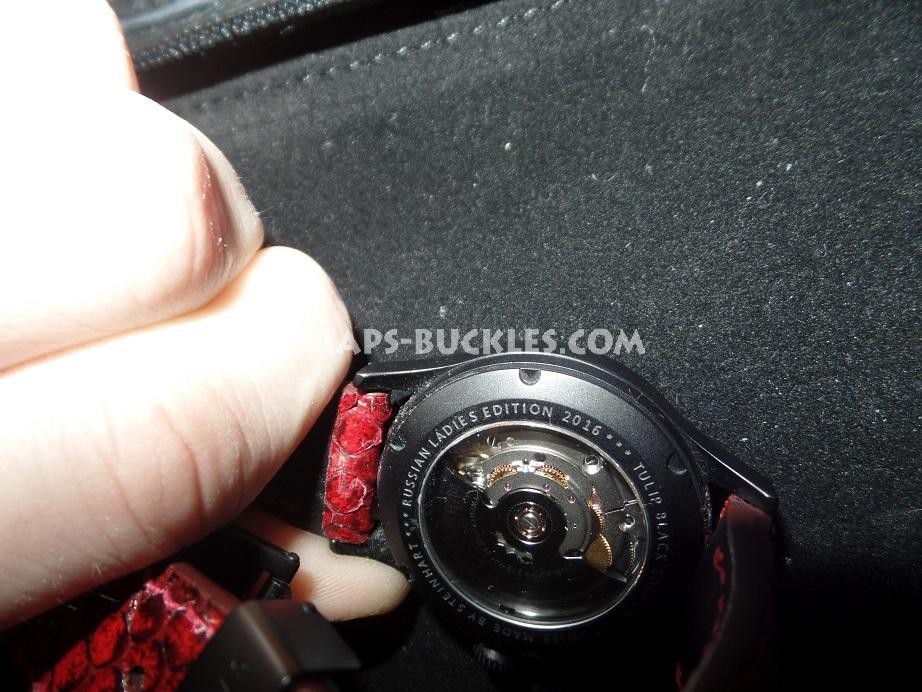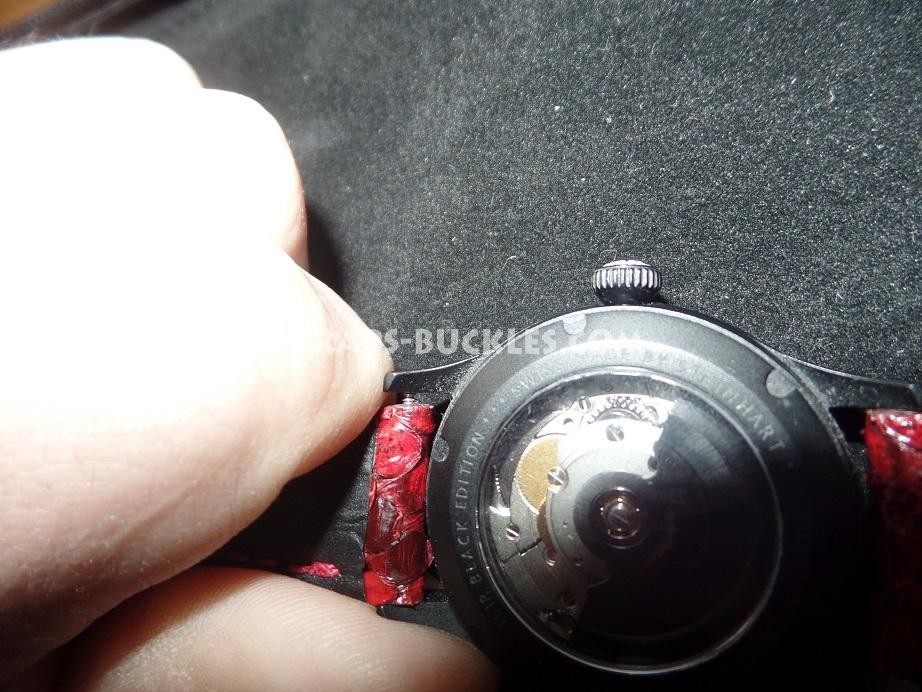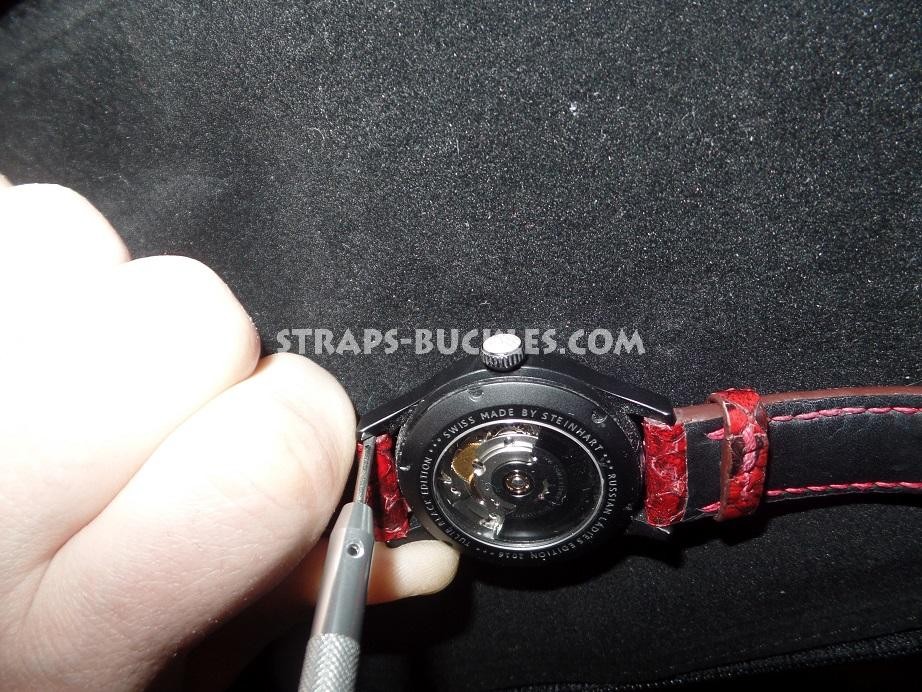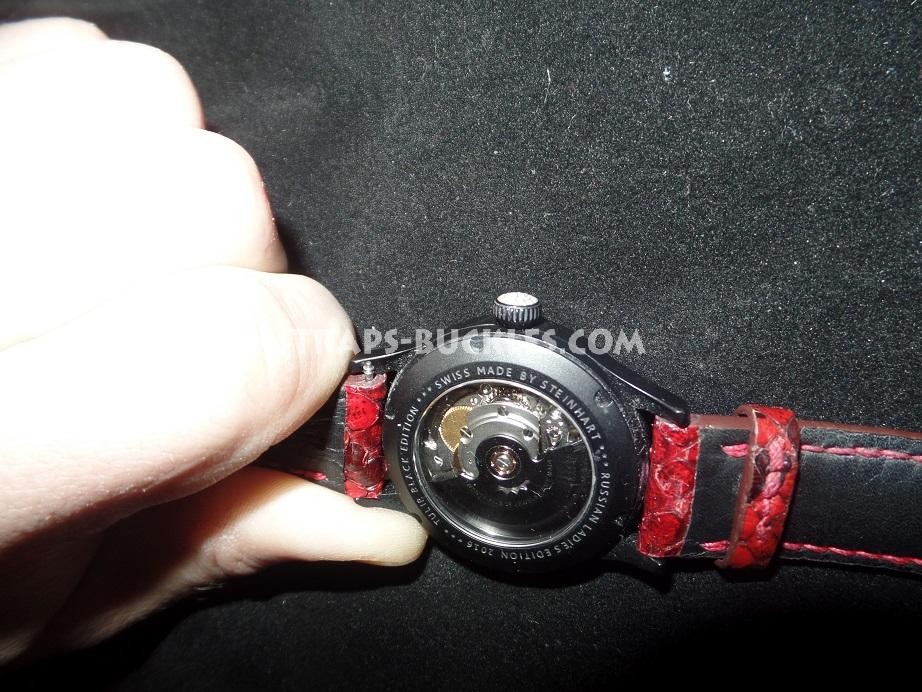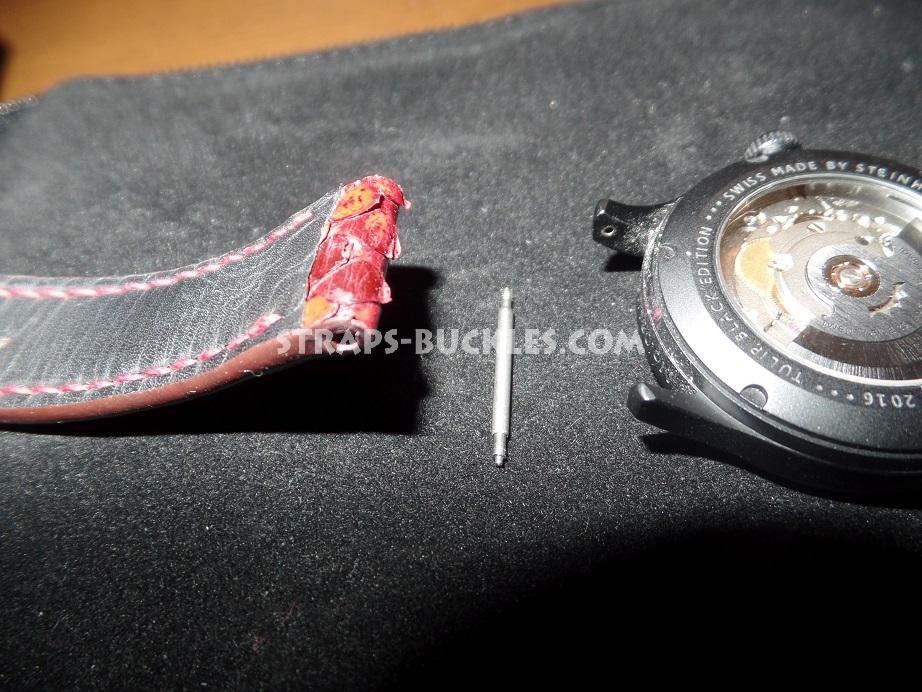There are several basic types of strap attachment to the watch and several tools to replace the straps. Consider them (first the methods of attachment, then the tools).
1. Hairpin. It is a tube in which there is a spring that presses the tips of the antennae of the hairpin (they are movable).
The hairpin is inserted into the strap (only the antennae of the hairpin protrudes). First, insert one antennae into the opening of the watch case, then press a special device (hairpin) press on the second antenna, utaplivaya it in the tube, wind up under the watch case and release. Antenna is snapped into the second hole of the watch. Everything, the belt is installed.
The belt is removed in reverse order. With one hand, hold the watch
A little delayed the strap to make room for setting the hairpin to the hairpin.
We remove the hairpin of the hairpin
And we deduce a hairpin from a landing nest
You can see both antennae sticking out of the strap. On the ears of the watch on the inside, you can see the holes for the hairpin.
We take out the hairpin from the strap, squeezing it with a punch from one end of the strap. Then it can be inserted into a new belt, which we want to install.
The main thing in this whole process is the accuracy. The hairpin often slides off the hairpin. And if you are careless, the watch case can easily be scratched.
Required tools: hairpin, punch.
_________________________________________________________________________________
2. Quick release pin. A spring lock mechanism of the pin is provided on the watch case. When you press the spring, the stroke of the pin opens. When the spring is straightened, the pin is locked. The strap is inserted between the arms of the watch case. A pin with a thread on the end is inserted through one handle. Passed through the strap and enters the second shackle (the spring in this dyukazhke while holding in the depressed position). After that, the spring is released and the pin is blocked.
Required tool: 2-piece pusher.
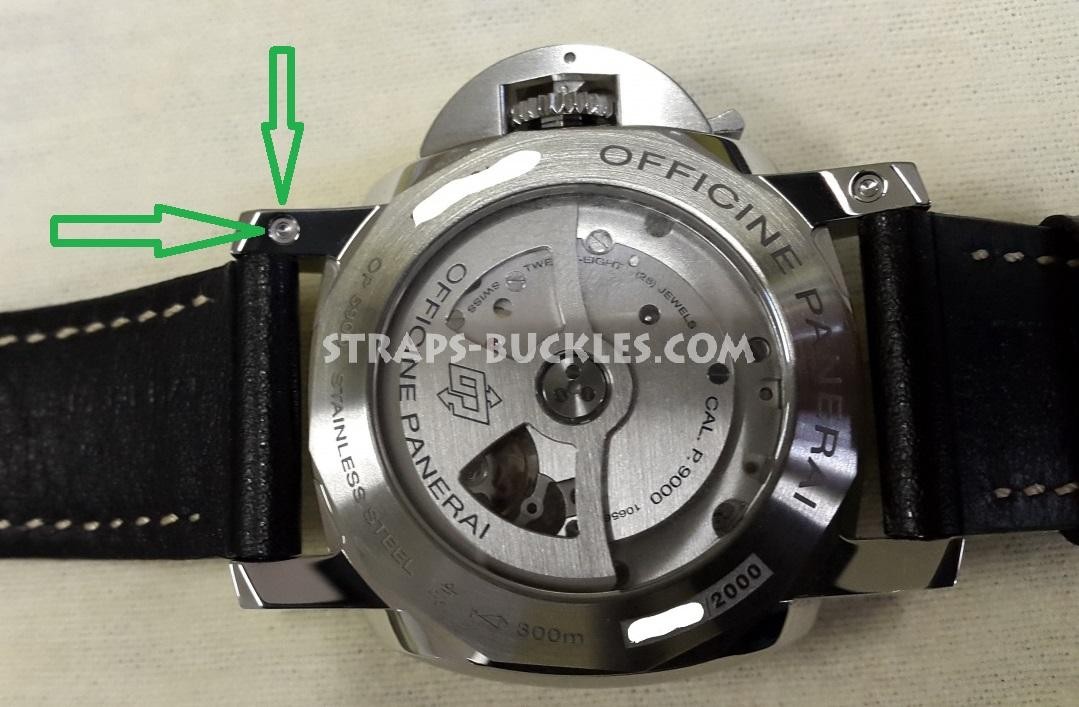
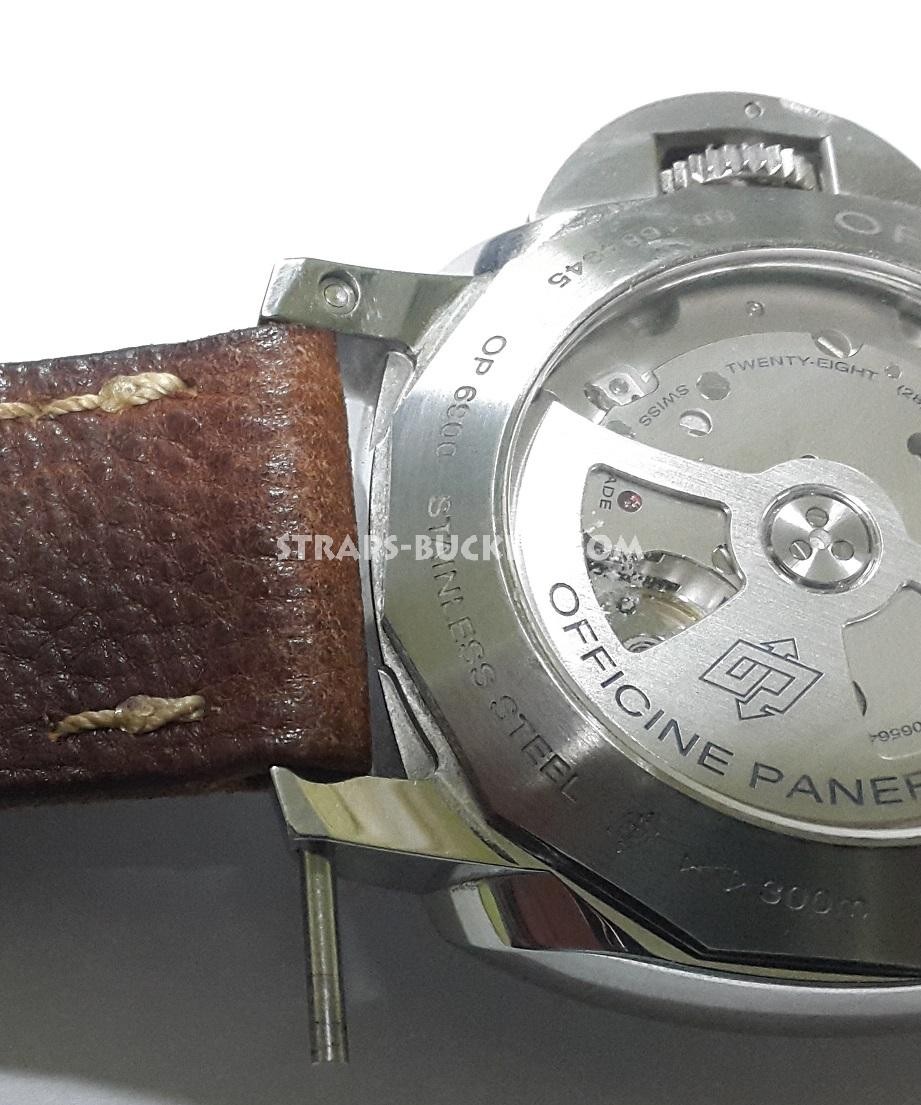
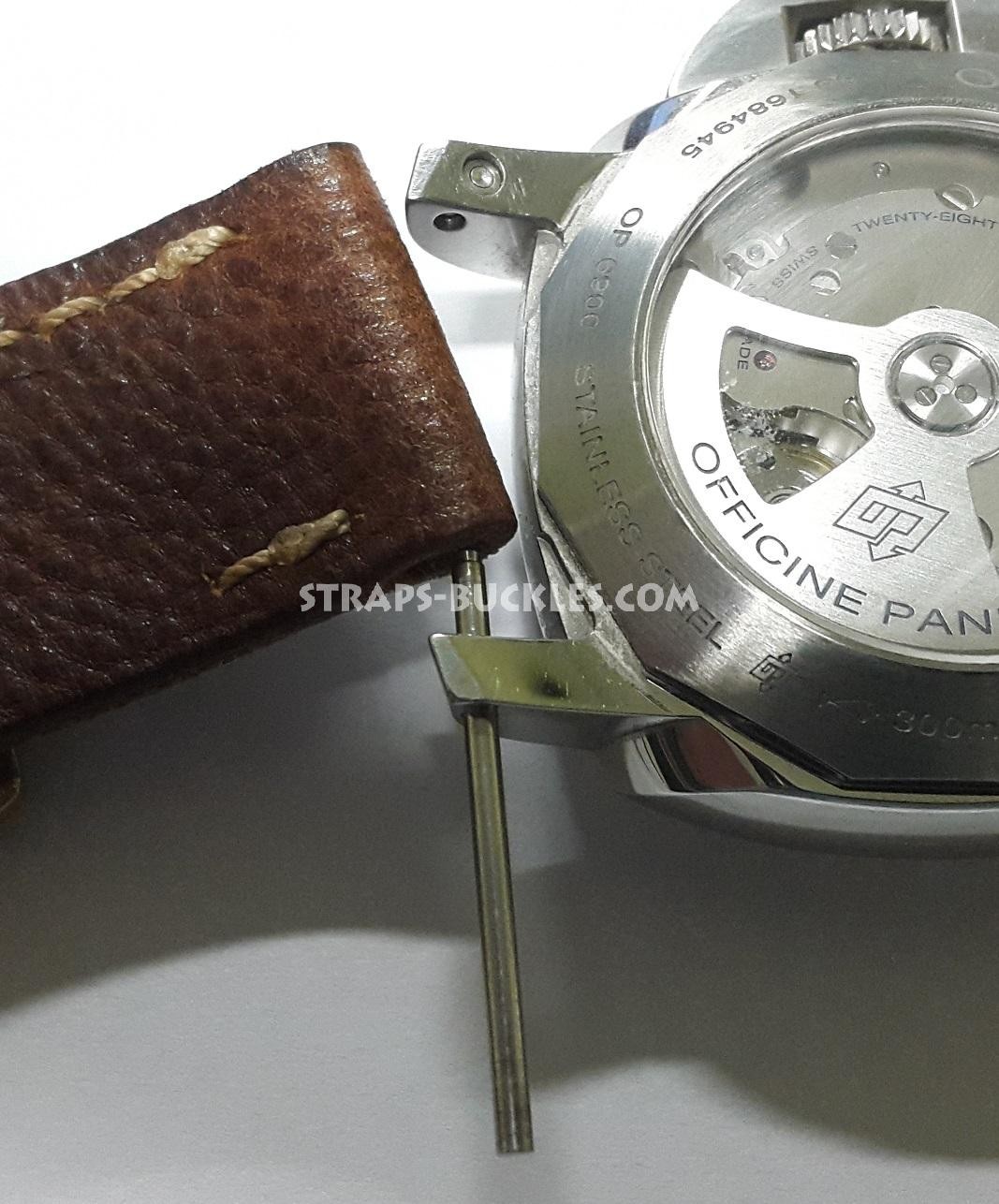
________________________________________________________________________________
3. Pin on the screw. The strap is inserted between the arms of the watch case. A pin is inserted through one handle (with a thread at one end and a slotted screwdriver on the other), passes through the strap and screw into the second arc of the watch.
Required tools: screwdriver.
The pin on the screw from the pin indicated in point 2 differs only in that it has a slot for a screwdriver and a thread on the tip.
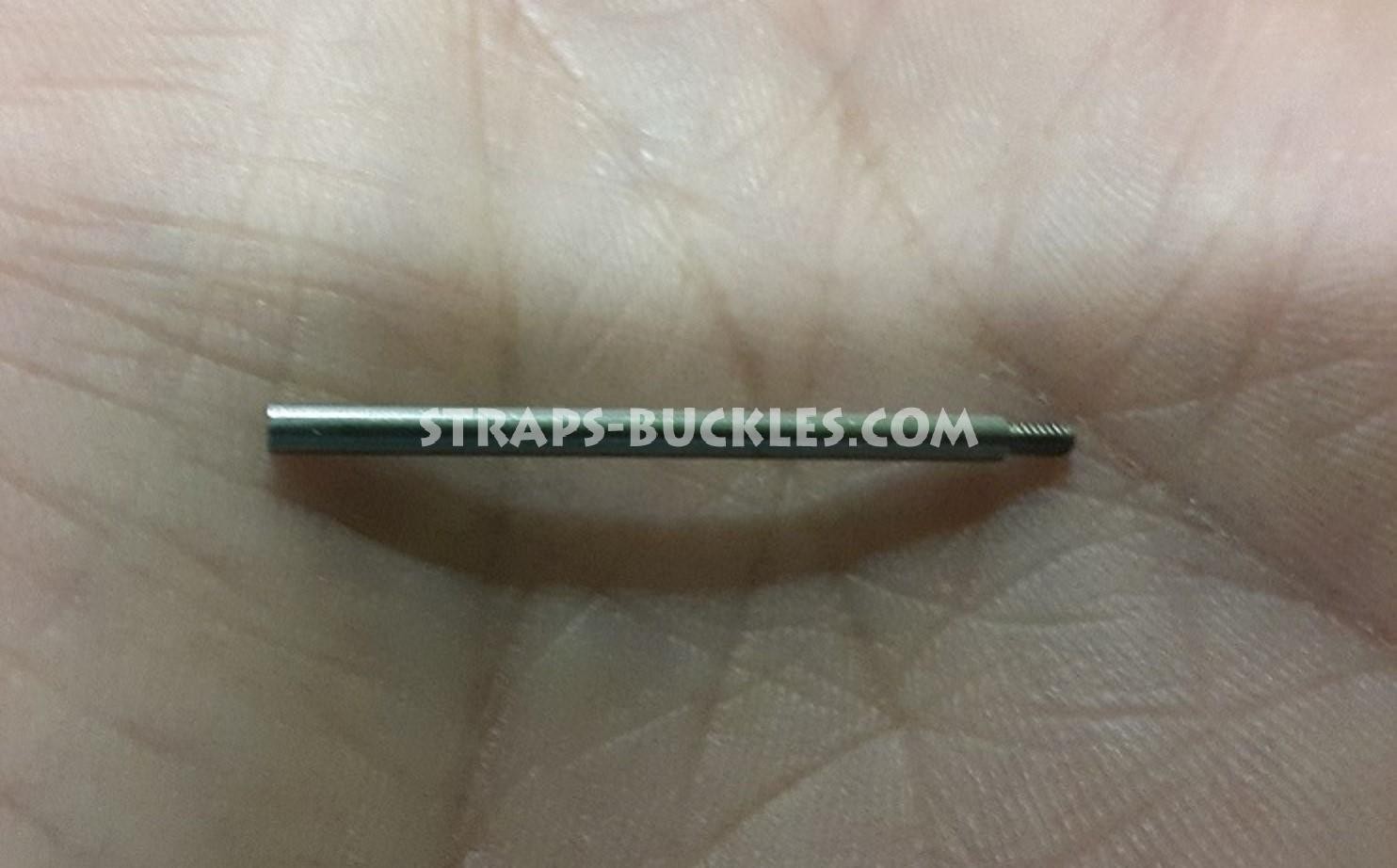
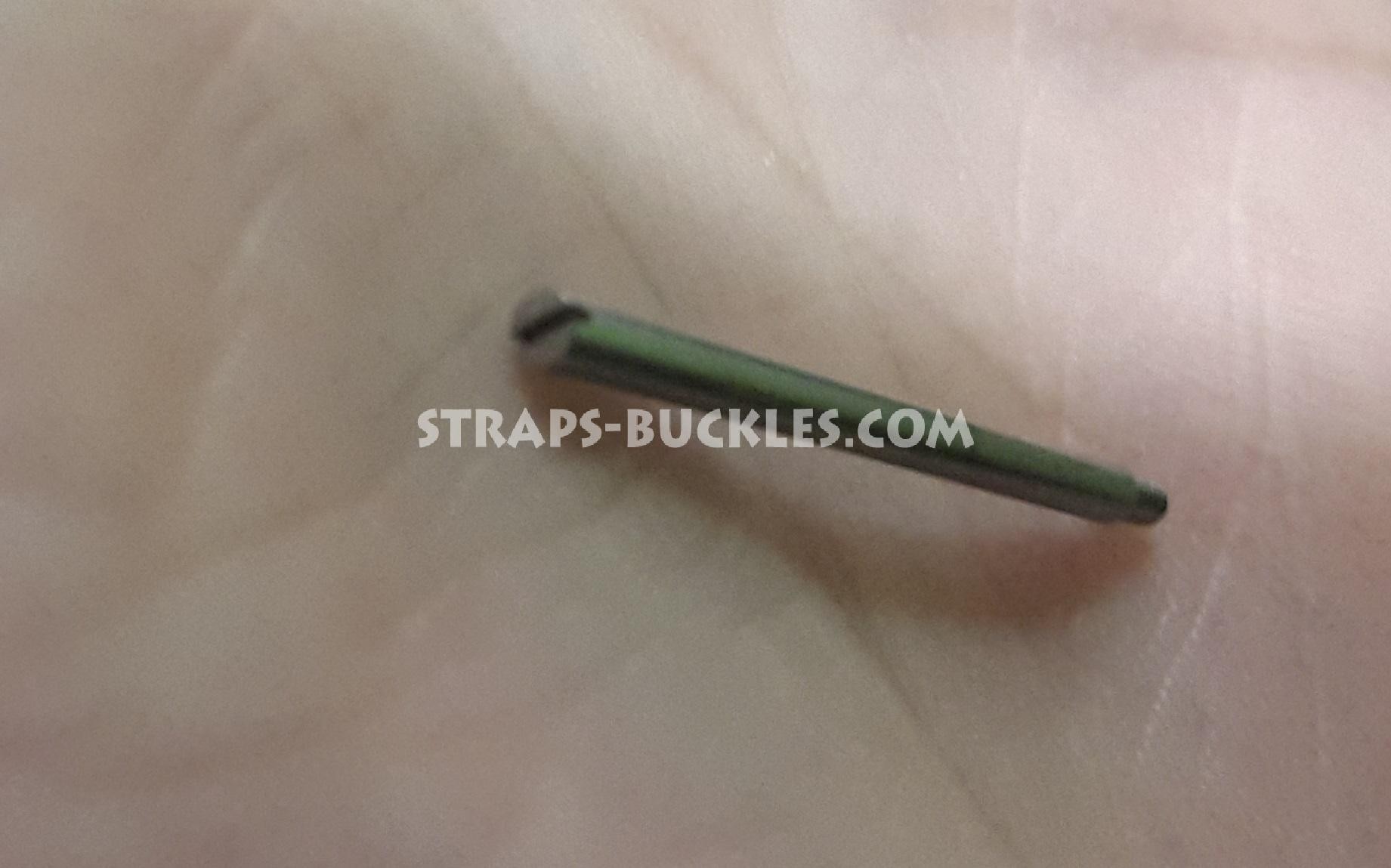
________________________________________________________________________________
4. Fixing the strap (with the hard insert installed in it) with screws from 2 sides of the watch case.
A special insert, repeating the contours of the watch case and having an internal screw thread on both sides, is sewed into the strap. Next, the strap is inserted between the watch arms. And from the outer side of the bow, through them, screws are inserted into the inset.
Required tools: screwdriver.
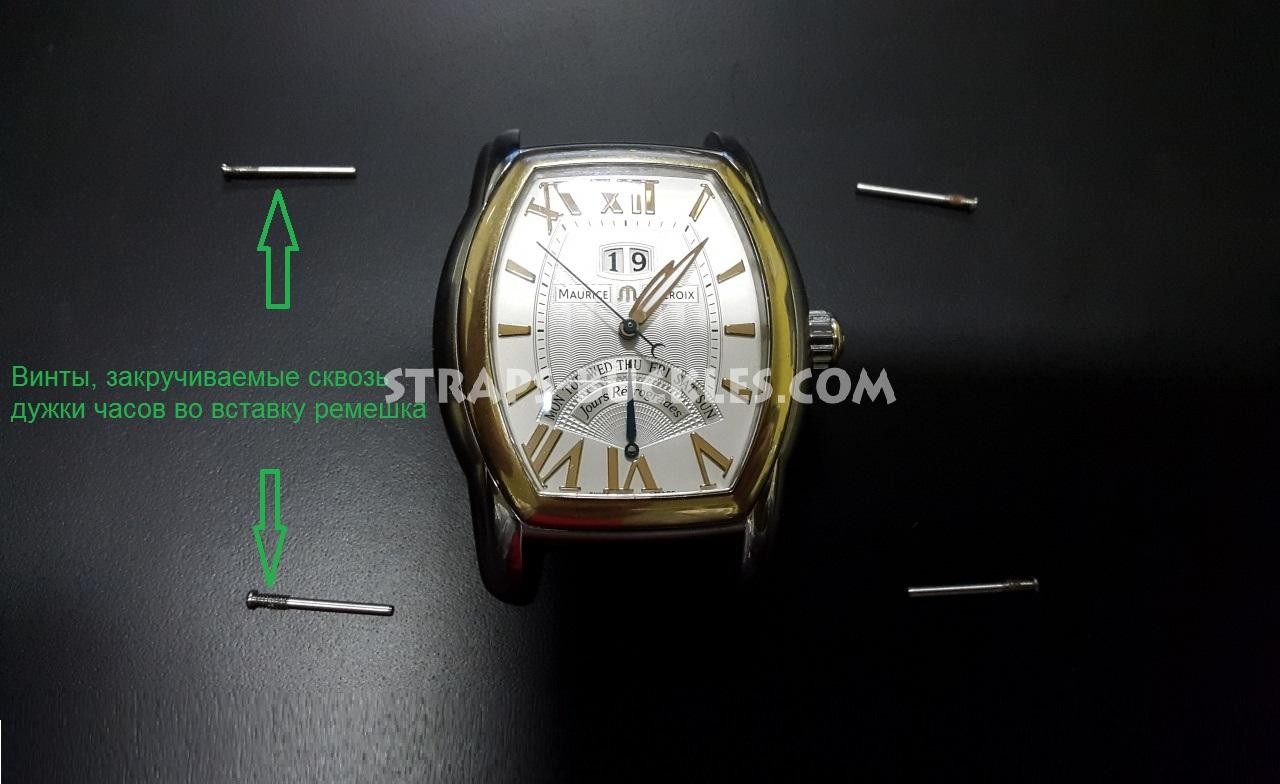
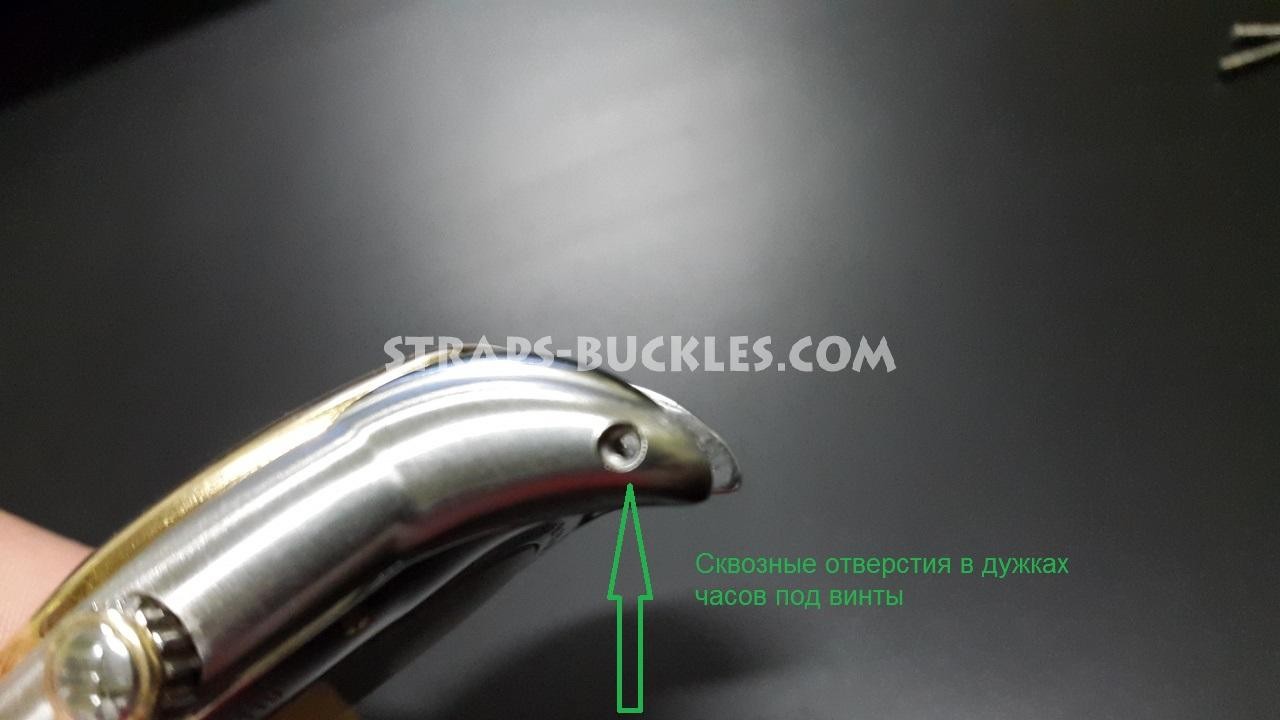
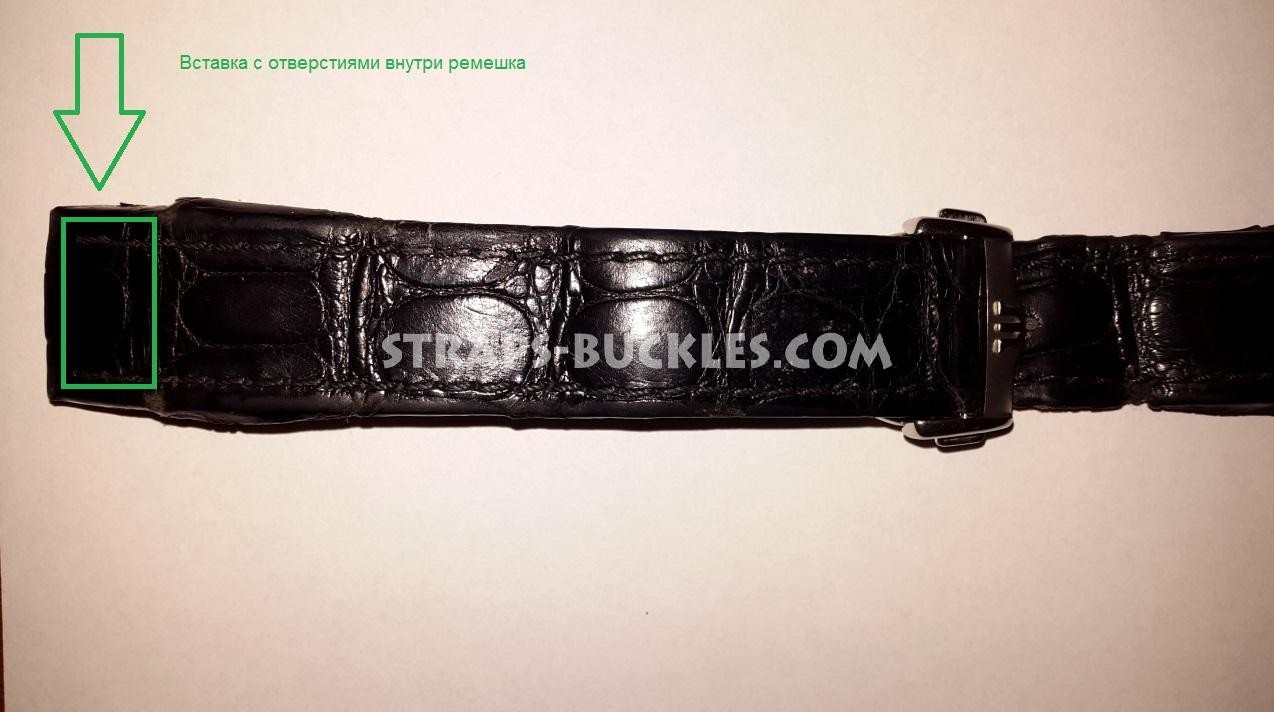
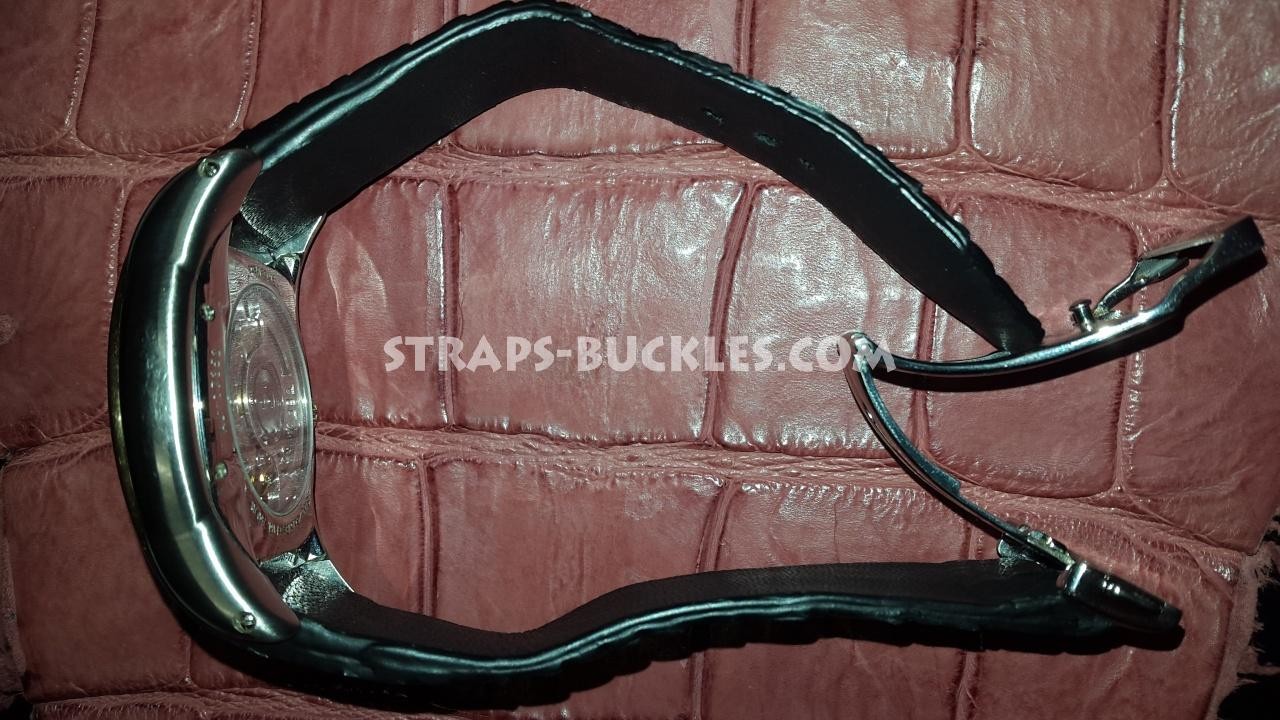
________________________________________________________________________________
5. The pin is wedge-shaped, vorospore. Unlike the pin on the screw, this pin is not screwed up, but "clogged" into the arch of the watch case, being threaded through one eye of the watch case and a strap.
Required tools: punch and hammer.
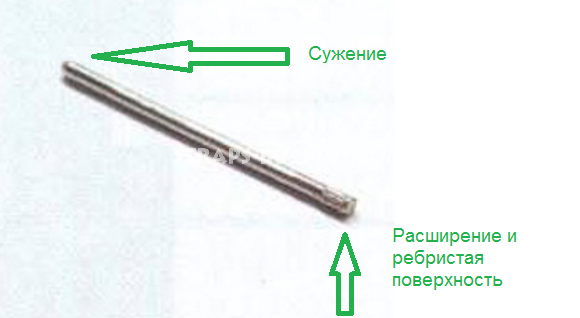
_________________________________________________________________________________
6. Handles screwed to the body with screws. Unscrew the screws, remove the bow, open them in 2 parts. The strap is put on the halves of the handles, the shackle closes inside the strap. After that the shackles are screwed back to the watch body.
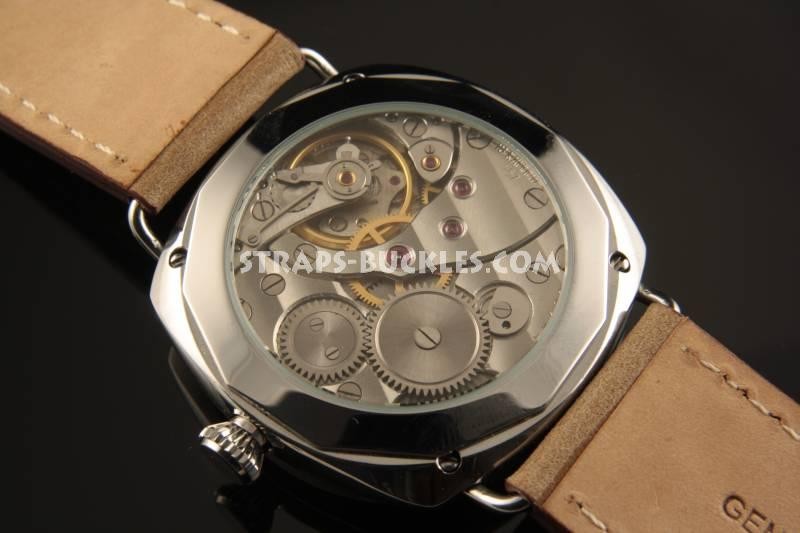
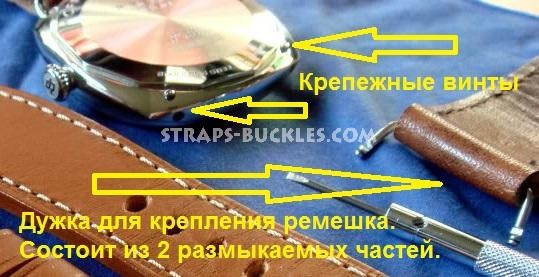
Required tools: screwdriver.
_________________________________________________________________________________
7. Non-removable pins (shackles). In this case, the studs are an integral part of the watch case, and the strap is threaded into them, bending the body from below. No tool is required to install such a strap.
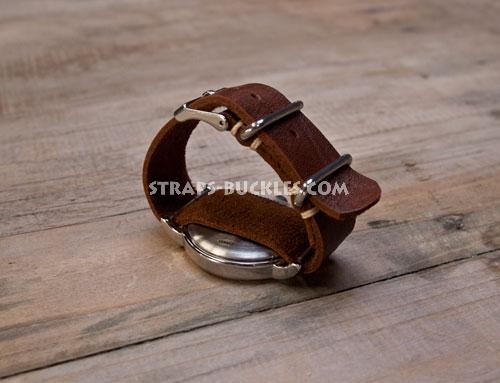
Either each part of the strap is attached to the hairpin by means of an overlap loop, which is part of the belt, bends the pin and connects to the strap with a screw connection.
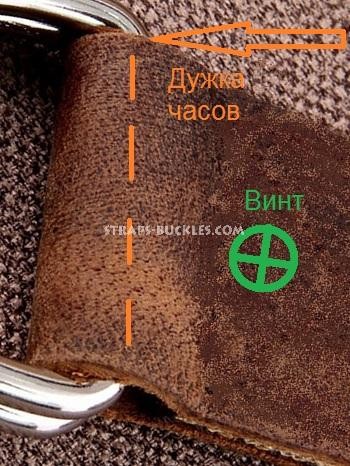
The necessary tool in this case depends on the type of screw connection (most often - a screwdriver, less often a hexagon key).
________________________________________________________________________________
8. Clamping fixture. The case of the watch in the places of attachment of the strap consists of 2 metal plates, between which the strap is clamped by screws. First unscrew the screws. Then a strap with holes is inserted into the clamp in the right places. Then the screws are screwed through the strap, pulling down the plates of the watch case. The strap is securely fixed.
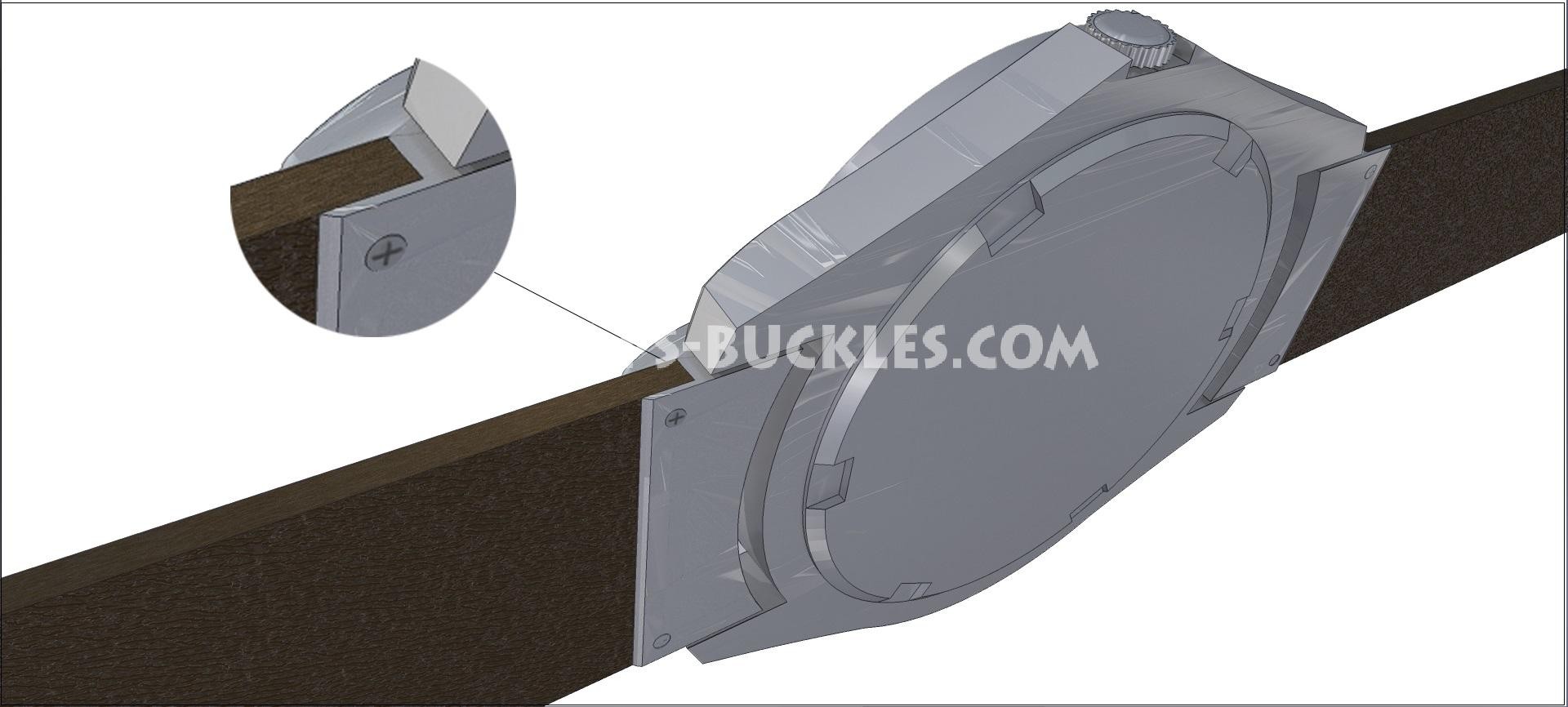
________________________________________________________________________________
9. Fastening the watch to the strap due to the details of the strap itself. In this case, the leather "paws" of the strap clasp the watch case. This type of attachment can be called one of the tops of the art of working with the skin.
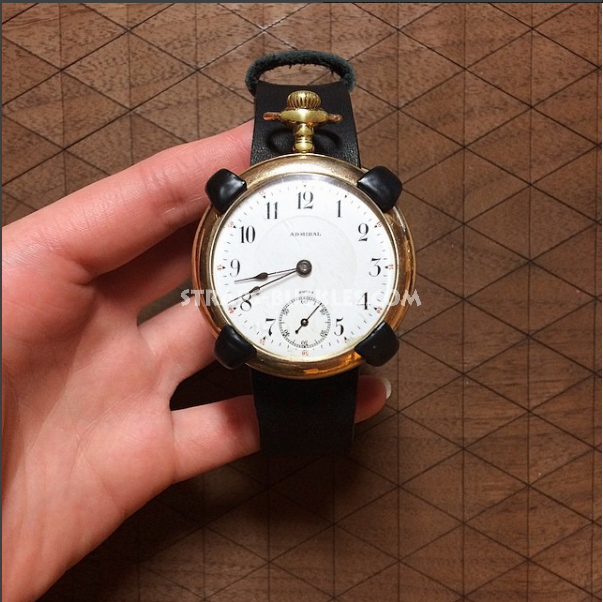
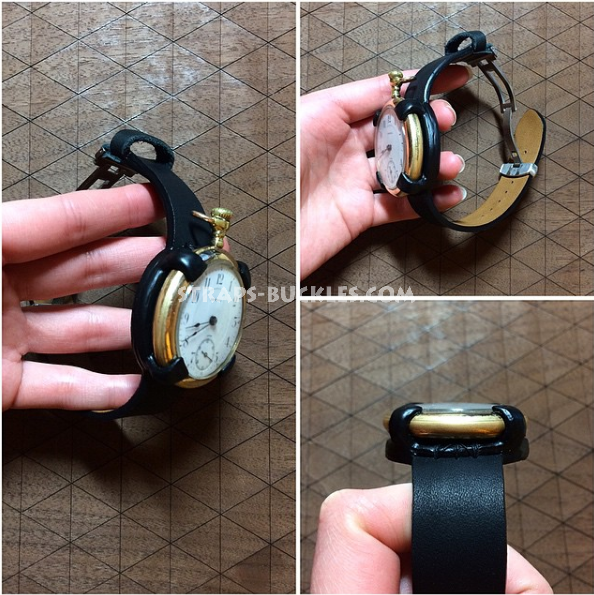
________________________________________________________________________________
Each of these ways of attaching the strap has its own nuances: the straight edge of the strap or repeating the shape of the watch, the thickness of the strap, the presence or absence of holes in it. To maximize the accuracy of your order, it is advisable to know the make and model of your watch.
Now let's look at the tools that are used in those or other cases.
1. Screwdriver (can be both slotted and cross)
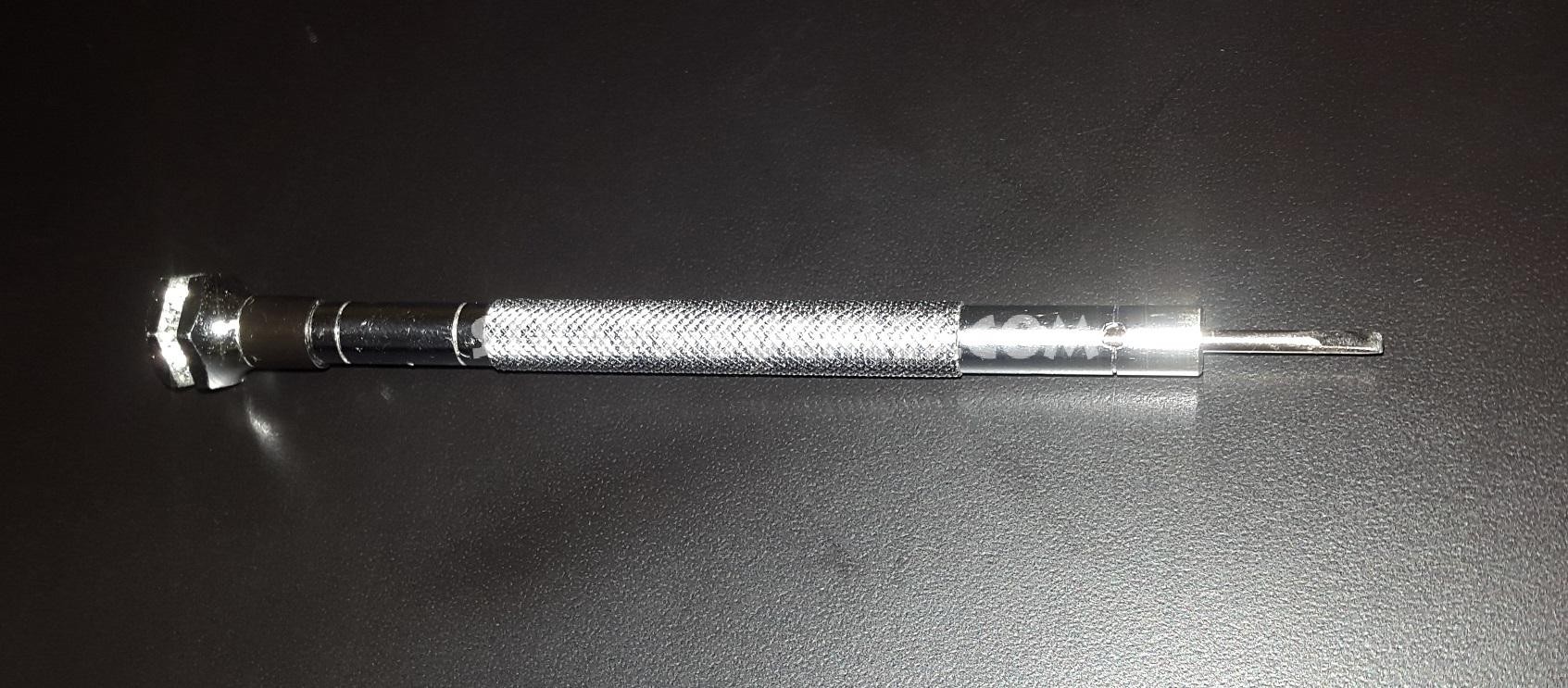
2. Pusher
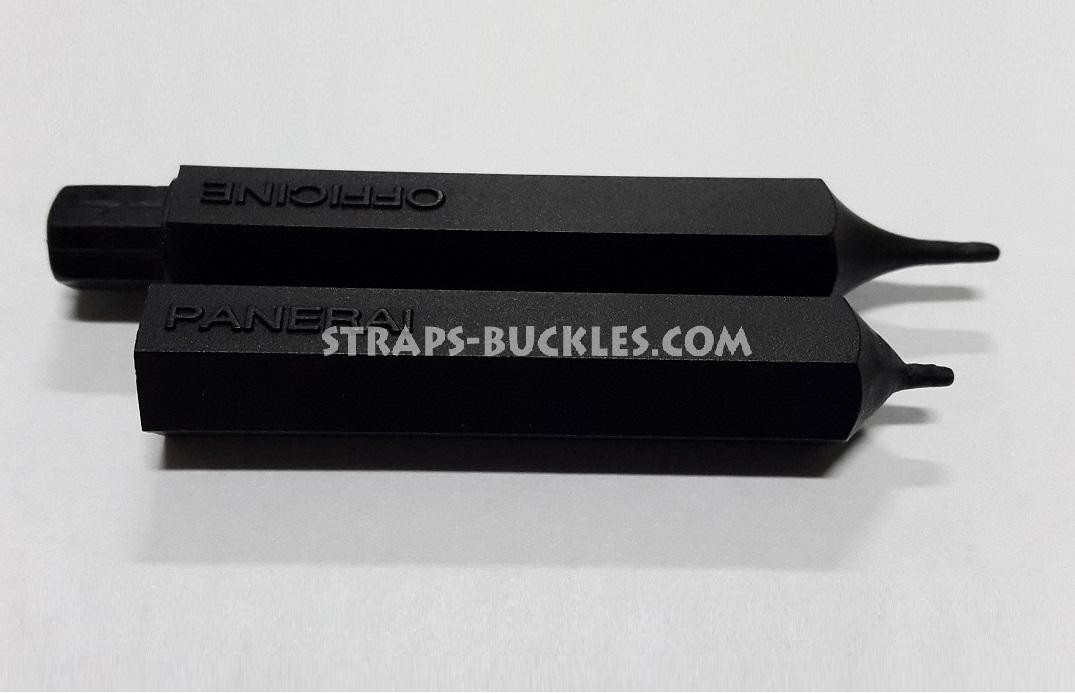
3. Hairpin (can be both with a wide fork and narrow)

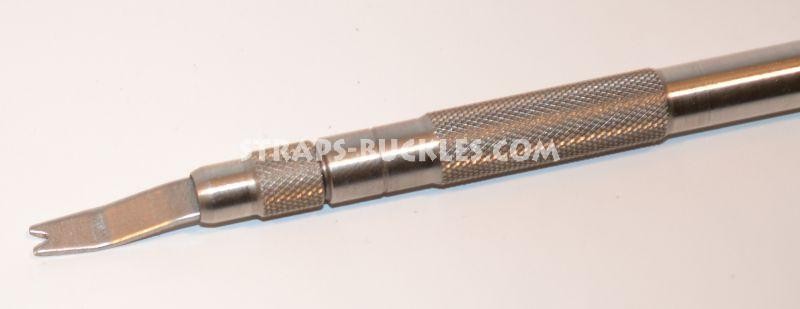
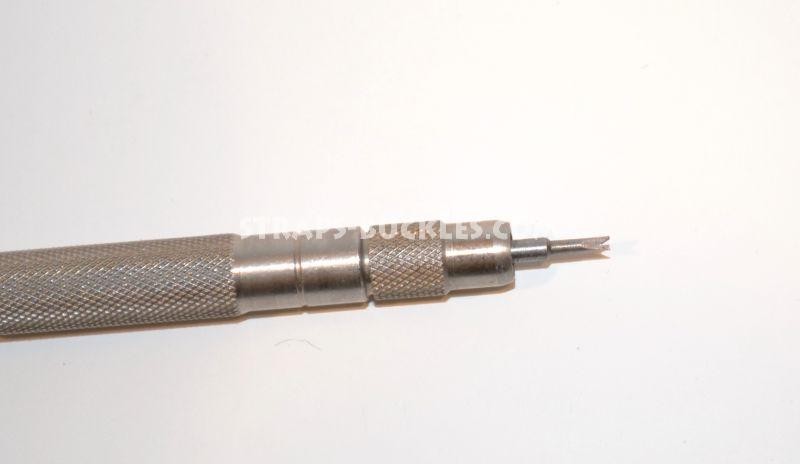
4. The punch (for knocking out the pin)
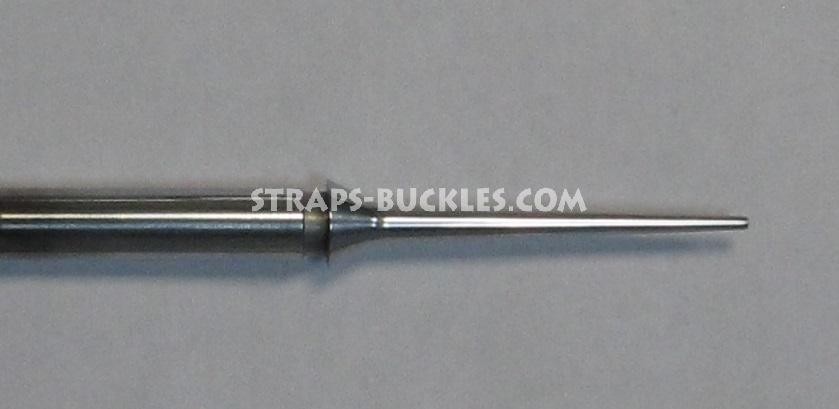
5. Small pliers (for pulling the pin)
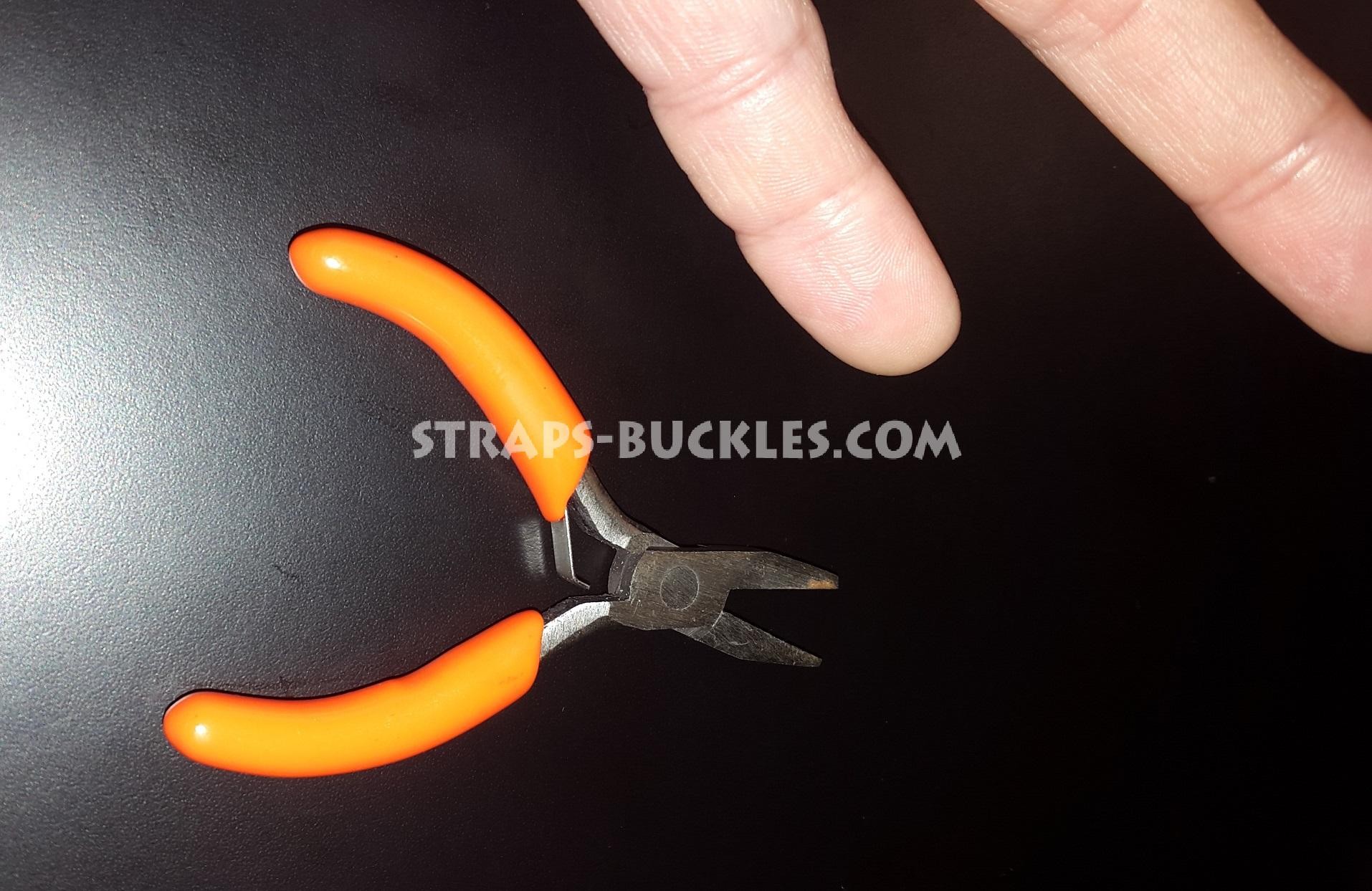
Well, what a hammer looks like, I think you all know;)
 Ask a Question 79255427949
Ask a Question 79255427949 

